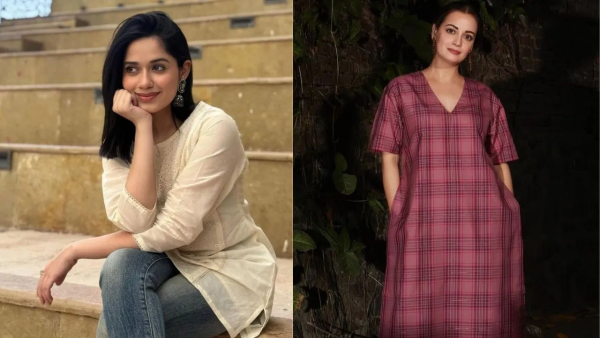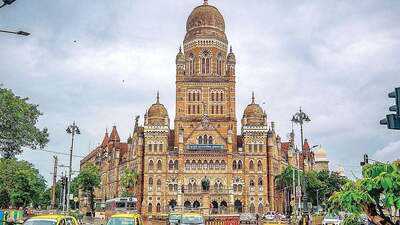
Kurta and kurti are both popular Indian outfits worn by many for various occasions, but they are not the same. Though they may look similar at first glance, there are important differences in their length, style, fitting, and usage. Here’s a clear breakdown to help you distinguish between the two:
Length and Appearance
-
Kurta: Typically long, reaching the knees or below, giving a traditional and elegant look.
-
Kurti: Shorter in length, usually waist-length or thigh-length, offering a modern and trendy appearance.
Fitting and Style
-
Kurta: Generally loose and comfortable, worn by both men and women, with simple and straightforward designs.
-
Kurti: Usually body-fitted to highlight the wearer’s shape, designed exclusively for women, suitable as casual or party wear.
Design Variations
-
Kurta: Features traditional styles such as collar necks, closed necks, or simple button patterns.
-
Kurti: Offers more style variations with different necklines, sleeve cuts, hemlines (like high-low), and modern trends that make it stylish and versatile.
Occasions to Wear
-
Kurta: Worn mostly during traditional events like weddings, festivals, and religious ceremonies.
-
Kurti: Perfect for everyday use such as college, office, or casual outings; it blends well with both traditional and western looks.
What to Pair With
-
Kurta: Usually paired with pyjamas, churidars, or palazzos to enhance the traditional vibe.
-
Kurti: Can be matched with leggings, jeans, palazzos, shararas, or skirts, making it very versatile.









